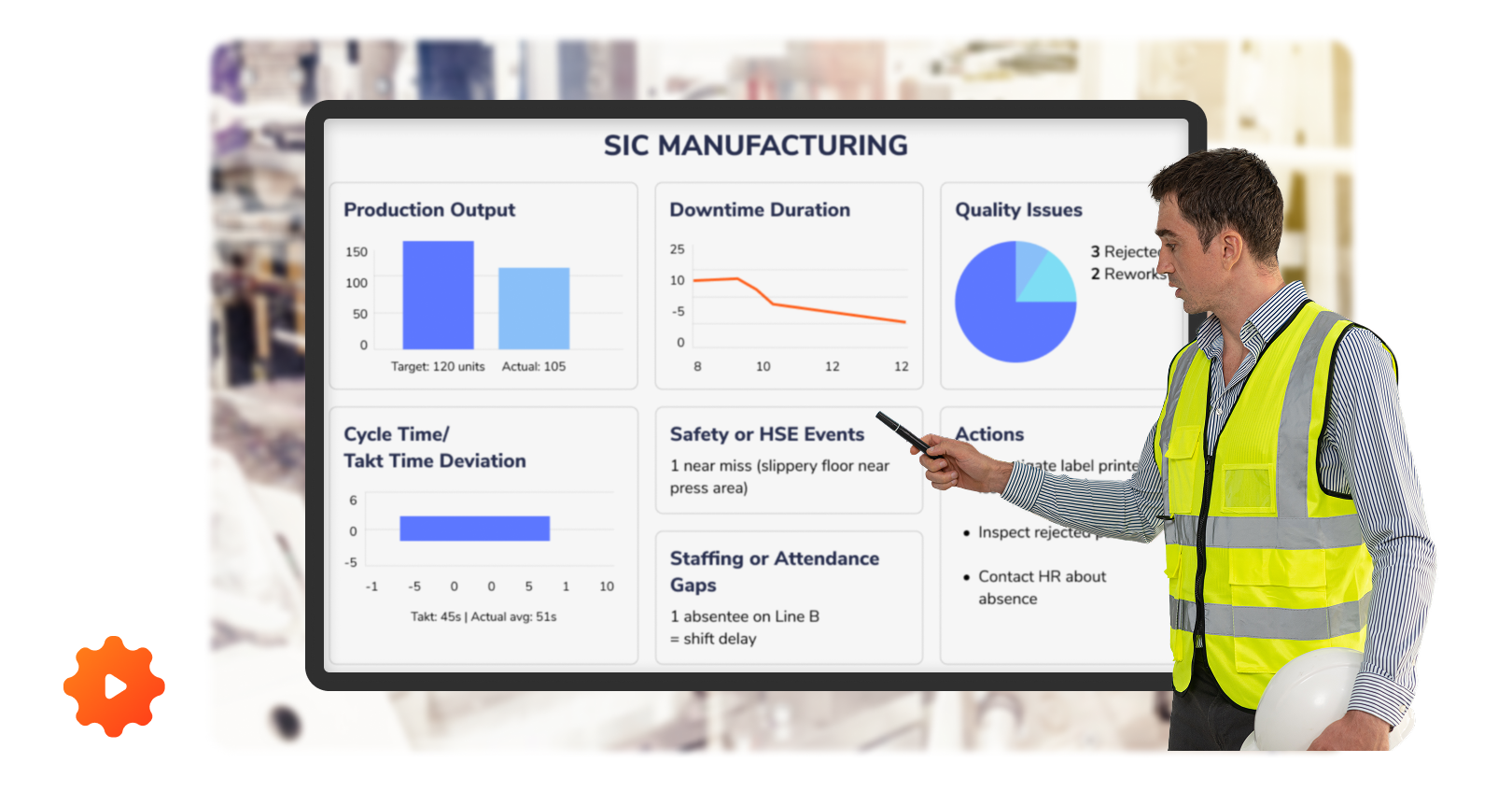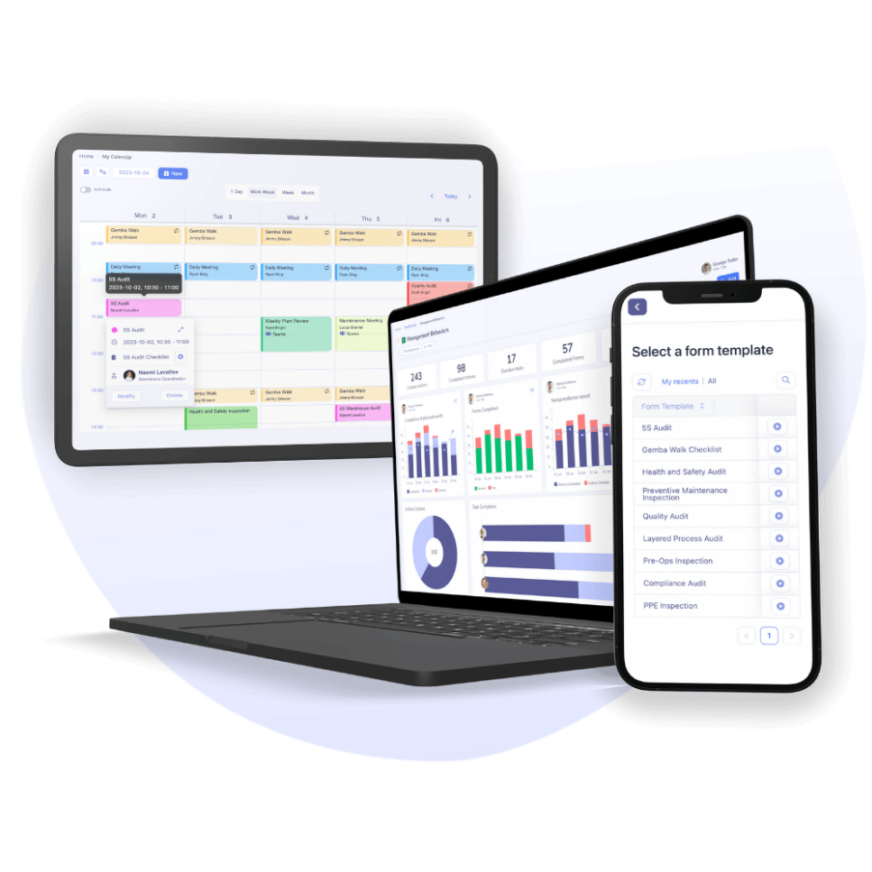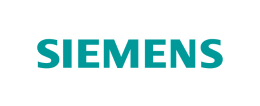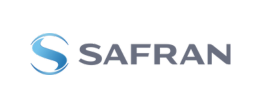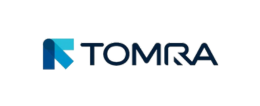Meetings Digitalization on the Factory Floor

| Audience: | Manufacturing and Healthcare Executives, Lean Management and Continuous Improvement Professionals, Operational Leaders and Safety Officers |
| Last updated: | December 5, 2025 |
| Read time: | 2 min |
- Traditional meetings often lack structure, visibility, and follow-up, making collaboration and execution difficult.
- A digital meeting approach standardizes agendas, improves real-time collaboration, and streamlines follow-ups on decisions and tasks.
- With clearer visibility across departments and roles, organizations strengthen decision-making, communication flow, and operational efficiency.
[Management practices digitalization]
In this series, Management practices digitalization, we’ll explore the differences between traditional methodologies and Tervene’s approach to operations management.
Discover how Tervene sets the table to a successful digital transition for meetings.
Meetings
A meeting is an exercise of communication and synchronization during which a team meets to discuss pre-established topics. It is at the heart of decision-making, action planning and problem-solving.
Despite its importance, a meeting can quickly become boring, too long and cumbersome to manage. Most businesses have difficulty meeting effectively and following up on the decisions they make.
In theory, a productive meeting should meet the following criteria:
- A simple and collaborative preparation of talking points.
- Short meeting duration.
- Visibility over previous meetings and discussions.
- Close follow-up of delegated actions.
An optimal meeting structure improves communications and problem-solving.
Meetings: Traditionally
Meeting participants are often limited by the tools they use, such as electronic calendars, e-mails, a sheet of paper and a pencil. For example, let’s see how a traditional daily production meeting takes place:

Unfortunately, traditional tools can make it difficult to standardize meetings.
It’s also difficult to promote ownership because collaboration, follow-ups and visibility are limited or deficient.
Meeting participants lack visibility over discussion subjects, decisions and the tasks they generated in previous meetings.
The traditional method hurts your meetings’ effectiveness, as it relies too much on the participants’ assiduity to transcribe and follow-up on their tasks.
Meetings: With Tervene
Digitalizing meetings enables faster problem solving and decision-making, as well as more thorough follow-ups.
Why?
Digitalized meetings are easier to standardize, promote commitment & ownership and provide visibility to stakeholders. It’s undeniable: effective meetings improve communications and problem-solving in an organization.
Here’s how a daily production meeting with the Tervene Meeting module looks like:

Once digitalized, a meeting can be standardized across departments and management levels. Tervene also promotes ownership, as meeting participants are more prepared and benefit from greater visibility over which tasks are solved between two meetings.
Comparison
| Traditionally | With Tervene | |
|---|---|---|
| Number of steps | 6 | 3 |
| Duration (min) | 85 | 30 |
| Shared meeting agenda | ✘ | ✔ |
| Real-time collaboration | ✘ | ✔ |
| Create tasks from discussion topics | ✘ | ✔ |
| Consult discussion topics history and context | ✘ | ✔ |
| File sharing | ✘ | ✔ |
| Transfer discussion topic in another meeting | ✘ | ✔ |
| Automatic meeting report generation | ✘ | ✔ |
Benefits
For manufacturers
- Meeting standardization
- Save time
- Accelerated problem solving
- Improving information transfer increased
- Accountability and ownership increased
- Reduce paper use
For directors
- Real-time visibility on meetings and discussion points
- Visibility on tasks
For meeting leaders
- Accelerated meeting preparation
- Visibility on discussion topics history and context
- Facilitated task assignment
- Improved follow-ups
For meeting participants
- Reduced transcription
- Real-time collaboration
- Increased accountability
Real-life use case
The shift transfers between day and evening are relatively simple since the teams meet, but there was no communication between the evening and morning shifts.
Sandro Caruso, Production Manager at DK SPEC
We were wasting time looking for information. It is now solved; the communication is systematic and fluid thanks to Tervene.
